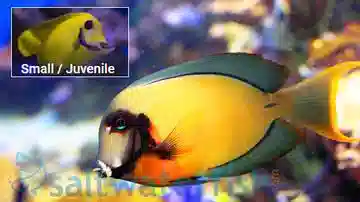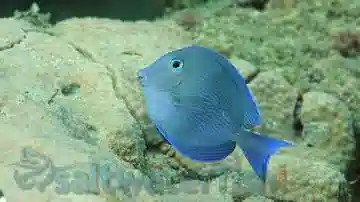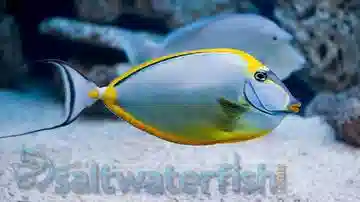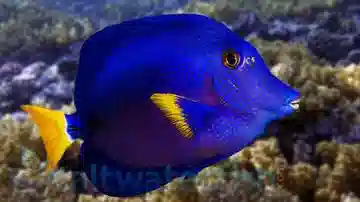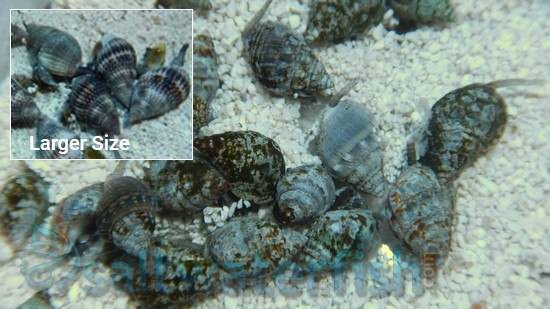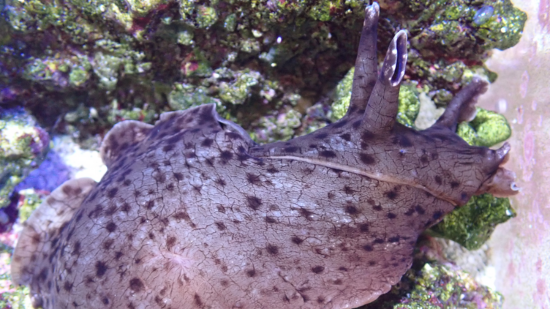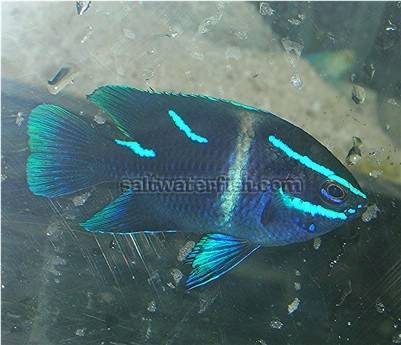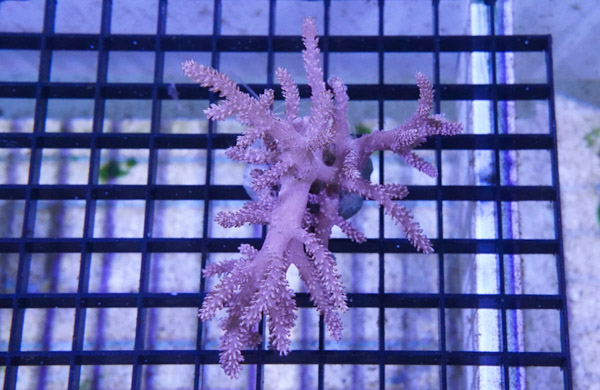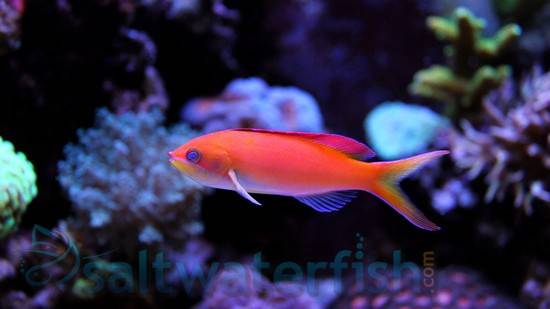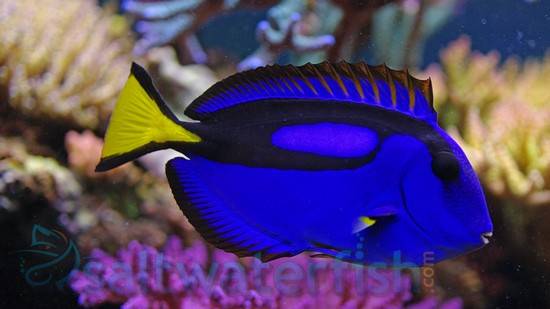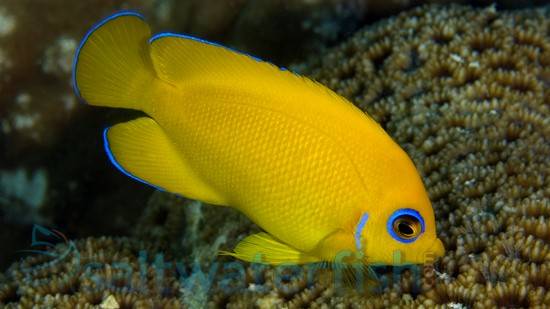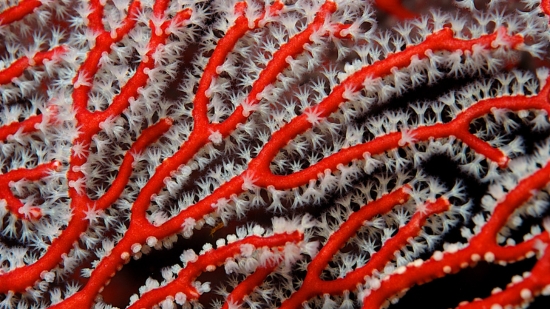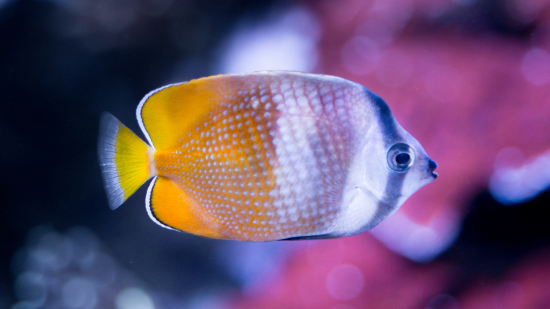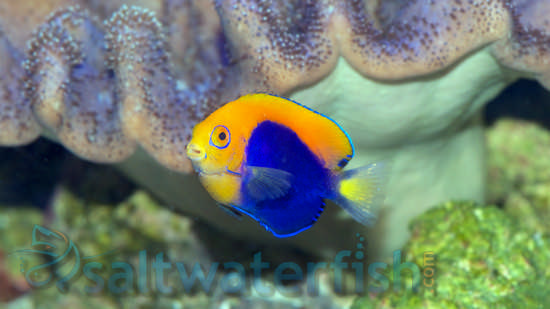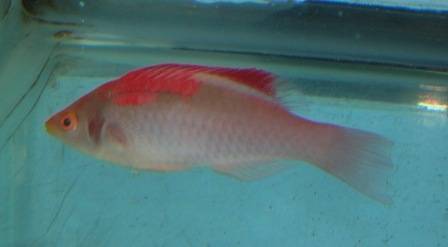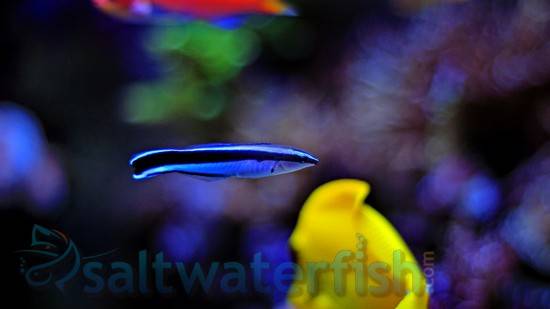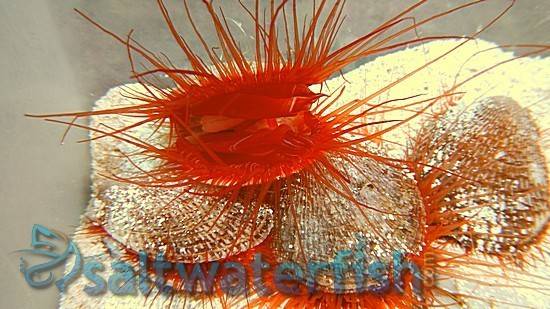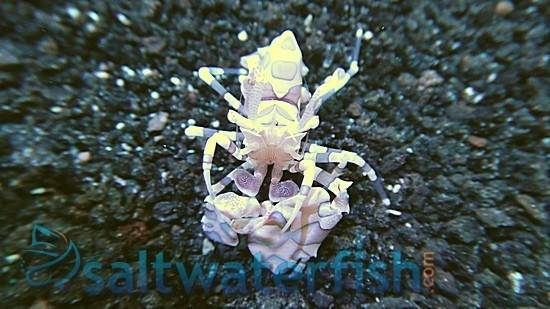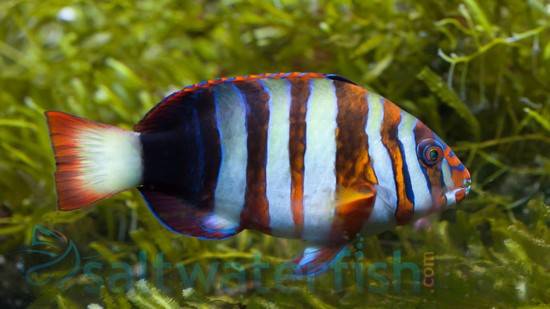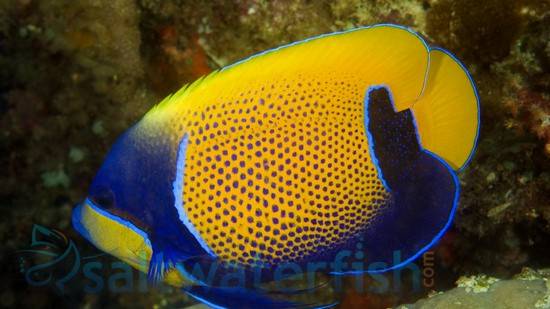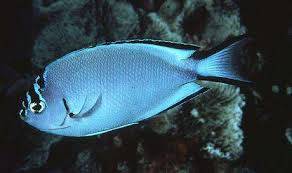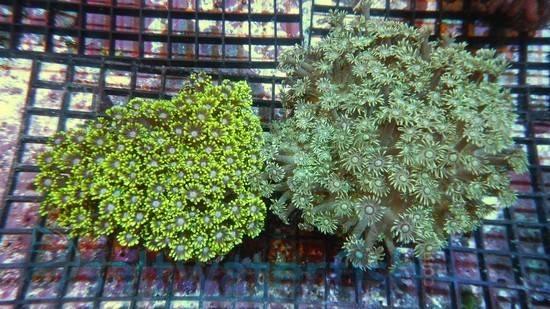White Tail Yellow Eye Tang
Ctenochaetus flavicauda
(0 Reviews)
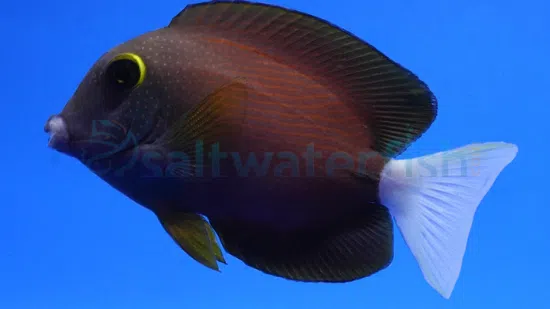
White Tail Yellow Eye Tang
Ctenochaetus flavicauda
(0 Reviews)
{{ item.name }}
Size: {{ item.extra_field_3 }}
${{ getFormattedPrice(item.saleprice) }} ${{ getFormattedPrice(item.price) }}
Free Shipping
With
$199.00
or more in Marine Life.
More details...
White Tail Yellow Eye Tang Care Facts
There are no key facts available for this product.
White Tail Yellow Eye Tang
The White Tail Yellow Eye Tang (Ctenochaetus flavicauda), also known as the Whitetail Bristletooth Tang or Yellow Eye Kole Tang, inhabits shallow reef slopes and lagoons in the Indo-Pacific region, where it grazes on algae and detritus. Reef-safe and peaceful with other fish, it reaches 7 to 9 inches in length and lives 5 to 7 years. To provide the best care for your White Tail Yellow Eye Tang, maintain a tank with a minimum size of 120 gallons (284 liters). This ensures ample swimming space and helps reduce territorial conflicts. Water conditions should mimic their natural habitat, with a pH level between 8.1 and 8.4, a salinity level of 1.020-1.025, a stable temperature between 74-78°F (23-26°C), and moderate water flow to simulate ocean currents. With a deep red striped body, shining white tail, and small golden circles around its eyes, it adds vibrancy to aquariums. Suitable tank mates include Flame Angelfish, Royal Gramma, Lawnmower Blenny, Six-Line Wrasse, and Coral Beauty Angelfish.
Habitat:
White Tail Yellow Eye Tangs are commonly found in the coral-rich waters of the Western Pacific Ocean. They thrive in shallow reef slopes and lagoons, where they graze on algae and detritus. In the wild, they can be found at depths ranging from 3 to 66 feet (1 to 20 meters).
Reef Compatibility:
White Tail Yellow Eye Tangs are generally reef-safe herbivores, ideal for controlling algae in reef aquariums. While usually peaceful, they may nip at corals if dietary needs aren't met.
Size and Lifespan:
Fully grown, White Tail Yellow Eye Tangs reach 7 to 9 inches (18 to 23 cm) and can live 5 to 7 years in captivity with proper care.
Diet in Captivity:
White Tail Yellow Tangs will thrive on marine algae sheets, seaweed, and a mix of marine pellets and frozen foods like brine shrimp and mysis shrimp to replicate their natural grazing behavior.
Aquaculture and Availability:
While not commonly aquacultured, Saltwaterfish.com responsibly sources healthy White Tail Yellow Eye Tangs for aquarium enthusiasts.
Compatibility:
White Tail Yellow Eye Tangs are peaceful and adaptable, they coexist well with various tankmates in community aquariums.
Sexual Dimorphism:
White Tail Yellow Eye Tangs have minimal sexual dimorphism, making it challenging to visually distinguish males from females.
Coloration Changes:
Juveniles sport bright yellow bodies with white tails, while adults deepen in color with distinctive dark stripes.
Temperament:
Known for their peaceful nature, White Tail Yellow Eye Tangs are active swimmers and delightful to observe.
Tank Requirements:
White Tail Yellow Eye Tangs require a minimum tank size of 120 gallons (284 liters) with suitable water conditions mimicking their natural habitat.
Common Names:
White Tail Yellow Eye Tangs are also known as Yellow Eye Kole Tang, White Tail Bristletooth Tang, and Yellow Eye Tang.
Compatible Tank Mates:
- Flame Angelfish (Centropyge loriculus),
- Royal Gramma (Gramma loreto),
- Lawnmower Blenny (Salarias fasciatus),
- Six-Line Wrasse (Pseudocheilinus hexataenia), and
- Coral Beauty Angelfish (Centropyge bispinosa)
Currently White Tail Yellow Eye Tang does not have any reviews.


